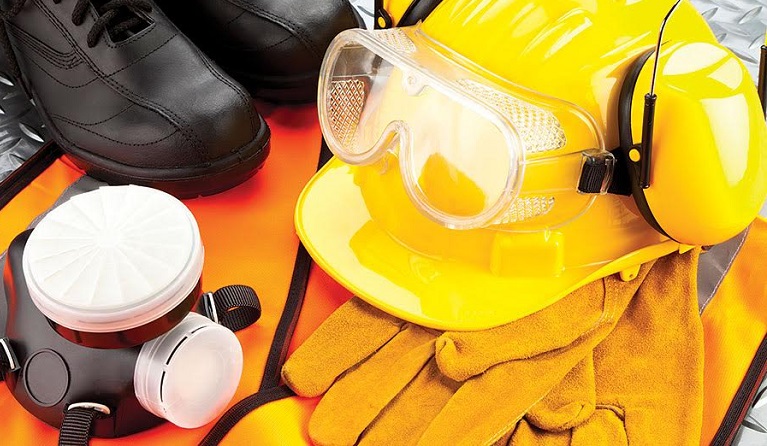David Price, the director of D&K Price, is taking a stand on full cover personal protective equipment (PPE) regulations. The following is based on a letter he sent to WorkSafe on the issue. If you would like to join a discussion on PPE please email the magazine at alan@contrafed.co.nz or join in on the discussion on our website and social media pages.
“While I acknowledge some companies require full cover PPE for all duties, this will be in direct opposition to my responsibilities as a director of my company, which requires me to provide a safe and comfortable working environment for all tasks being undertaken.
“We cannot accept mandatory ankle-to-wrist PPE for all tasks. Especially when the enforcement unnecessarily increases risk of harm of injury to employees.
“Mandatory full cover in many situations is unnecessary and, in some circumstances, introduces greater risks to individuals in the workplace than shorter less-confining clothing.
“Principals and head contractors are clearly not monitoring, controlling or measuring the effect on employees, and heightened risk of injury by the compulsory introduction of full cover PPE. From recent inspections of work sites, there is clear evidence of increased stress, and of uncomfortable and irritated employees, who are being forced to comply with this policy against their choice.”
David says the introduction of this policy has not been made in conjunction with consultation with all employees, and subcontractors, and as such, is a breach of the Health and Safety at Work Act.
“A large proportion of workforces are anti the policy, but at the threat of unemployment, are being forced to suffer in undesirable working conditions and clothing,” he adds.
“A blanket enforcement with little or no consultation, no evidence of employee assessment, no evidence of monitoring or training of individuals, and no facilities or working procedures at the workplace, means the significant risks are not being adequately managed.”
The body’s natural cooling system is well documented as the best defence for controlling core body temperatures, and to cover the body from head to toe restricts the natural defence system which unnecessarily introduces harmful stresses on the body that have potential to cause serious harm/death, he argues.
“Heat stress causes fatigue, it decreases productivity, increases tension between employees, introduces serious risk of injury and death in the workplace if not monitored or controlled correctly. It also increases home stress environments as a result of employees being exhausted, tired and grumpy at the end of a hot day’s work.
“Heat stress and stroke is very much dependent on the individual, and requires individual monitoring and control. Some individuals’ toleration is very high, others’ is very low. It is also very dependent on the activities being undertaken.
“Yet this blanket policy appears to take no recognition of individuals’ tolerances, there is no evidence of individual monitoring recommend by WorkSafe, there are no heat stress indices, recommended restricted activities, recommended work rest periods for varying tasks, especially high-risk environments such as non-air-conditioned plant, or heat reflective hot works such as sealing or asphalting.”
After receiving replies from WorkSafe David added this…
“I need to acknowledge WorkSafe has been very responsive and provided good information in relation to this topic.
“I must also say, this correspondence is not taking a stand for the industry, but is taking a stand for D&K Price in relation to providing a comfortable, and long-term safe working environment for D&K Price employees.
“While we acknowledge UV is a risk, and that protection is required, we do not accept that the best means of control is a blanket full cover PPE policy due to the other risks that it is clearly introducing into the workplace throughout New Zealand.
“It is hard to measure the effects of heat stress, and hence hard to monitor and control. Heat certainly has a high-risk effect on the body, and an employee’s ability to perform.
“These injuries are often not recorded as a workplace injury, as they occur after hours in form of stroke, or heart issues and are not necessarily connected to activities undertaken the previous day.
“For these reasons, our policy continues to allow our employees to work with appropriate PPE for the task, without causing unnecessary stress, and does not exclude full PPE in situations where it is clearly required.”

